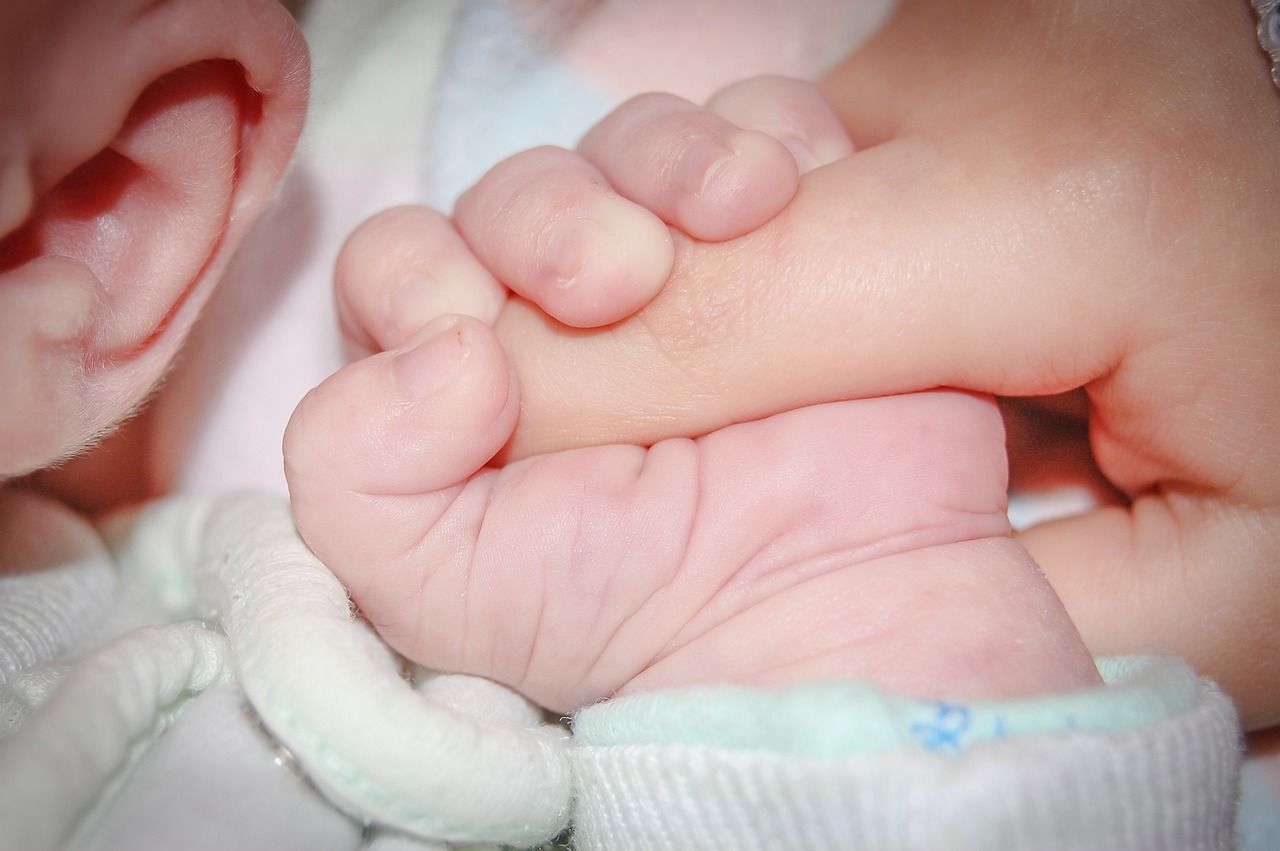The Philippine College of Emergency Medicine (PCEM) on Wednesday, July 17, said that incidents requiring cardiopulmonary resuscitation (CPR) among infants are "not as rare as you think."

PCEM president Dr. Jeremy A. Cordero said, "there are pre-hospital arrests of infants and children."
“As I mentioned, performing CPR on adults is already challenging. It becomes even more difficult with children,” he added in a mix of English and Filipino during the Special Media Forum in celebration of the National CPR Day.
READ:
https://mb.com.ph/2024/7/17/doh-other-government-agencies-lead-celebration-of-nat-l-cpr-day
Due to this, the expert emphasized the importance of empowering bystanders to learn CPR.
Just like performing CPR on adults, Cordero explained the first step is to ensure the scene is safe.
"So, we need to move to a safe scene before starting CPR," he said.
The next step is to call for help before initiating CPR on the infant.
"So, always remember the ratio: 30 compressions to two rescue breaths,' he said. "Perform 30 compressions using two fingers, in the middle of the chest, at a speed of around 100 to 120 compressions per minute."
"What's crucial is the depth, approximately one and a half inches," he stressed.
He continued by emphasizing the importance of allowing full recoil after compressions.
"Perform 30 compressions, then provide two rescue breaths. We perform a chin lift for infants, followed by two rescue breaths," he said.
"It's critical to apply the right pressure suitable for the baby's body. Remember to use two fingers, and compress to a depth of about one and a half inches," he reiterated.
In relation to this matter, Department of Health (DOH) Assistant Secretary Albert Domingo added, "But I think, Dr. Jeremy (Cordero), it's correct that there might still be cracking of the baby's bones, but again, don't be afraid or hesitate because you're saving a life."
At the event, Domingo explained that during CPR execution, there may be a cracking sound from the chest, but he emphasized that there is nothing to worry about since bones can heal, whereas the heart cannot if CPR is not administered.